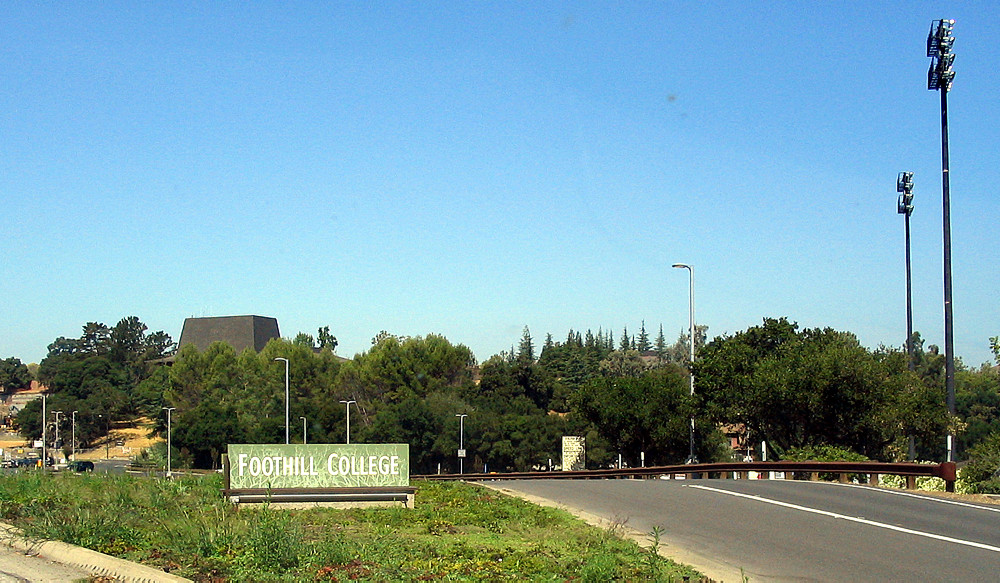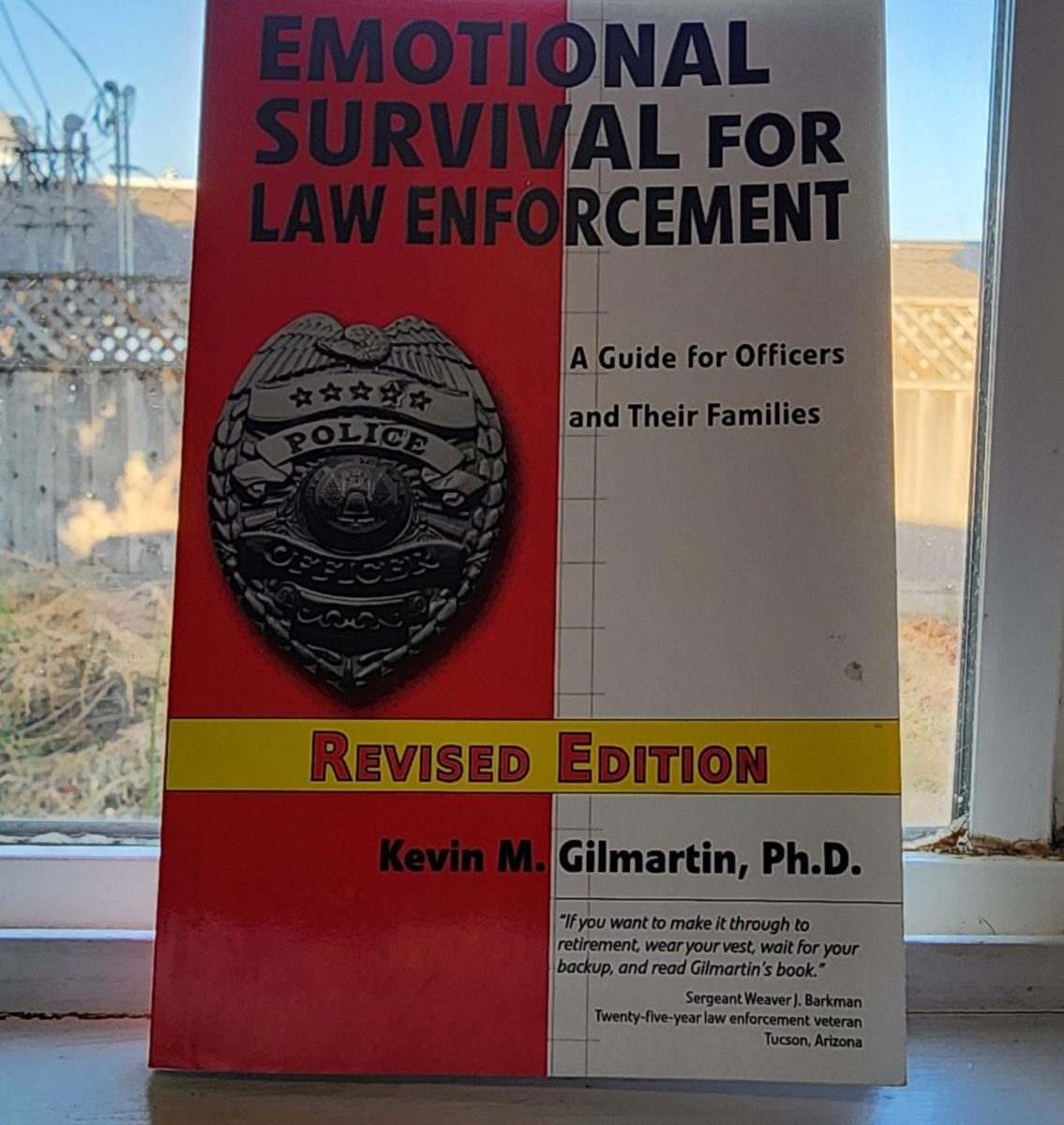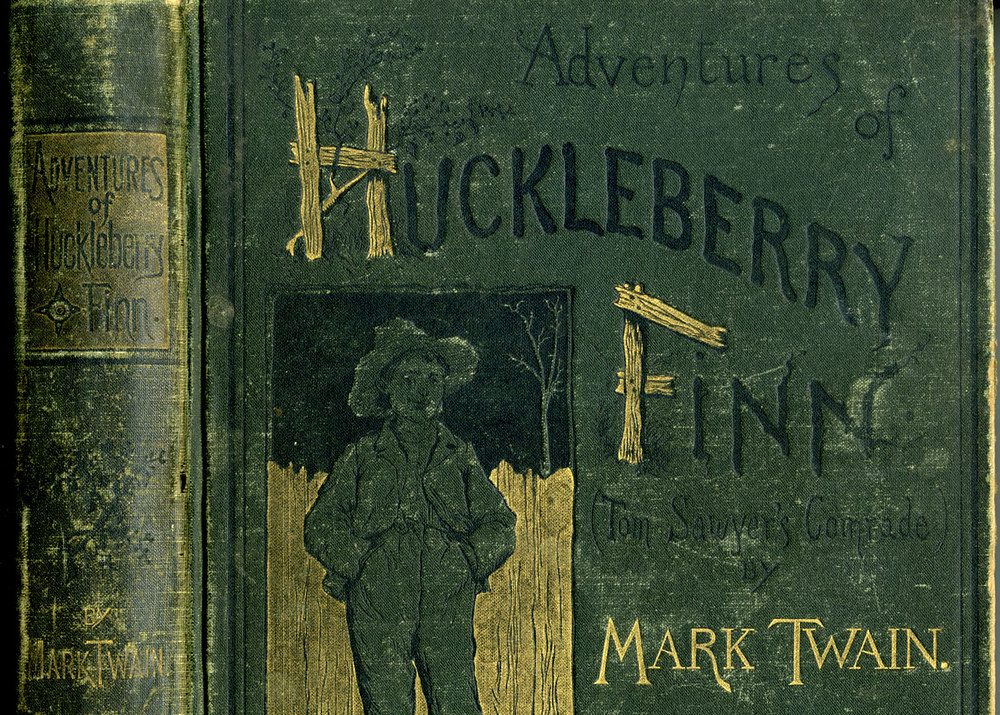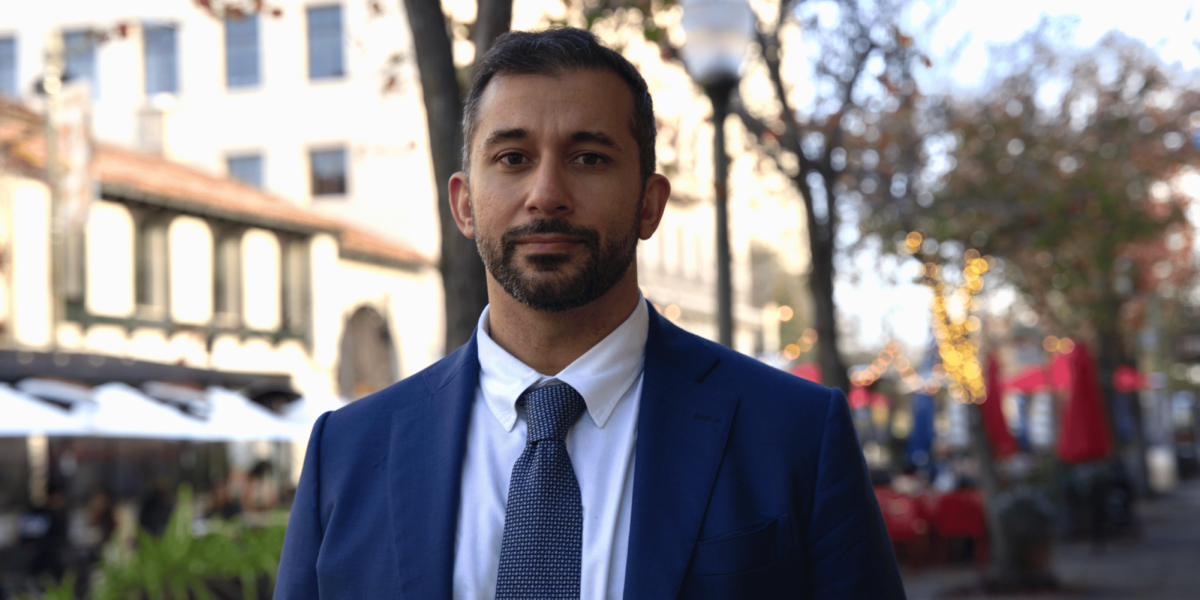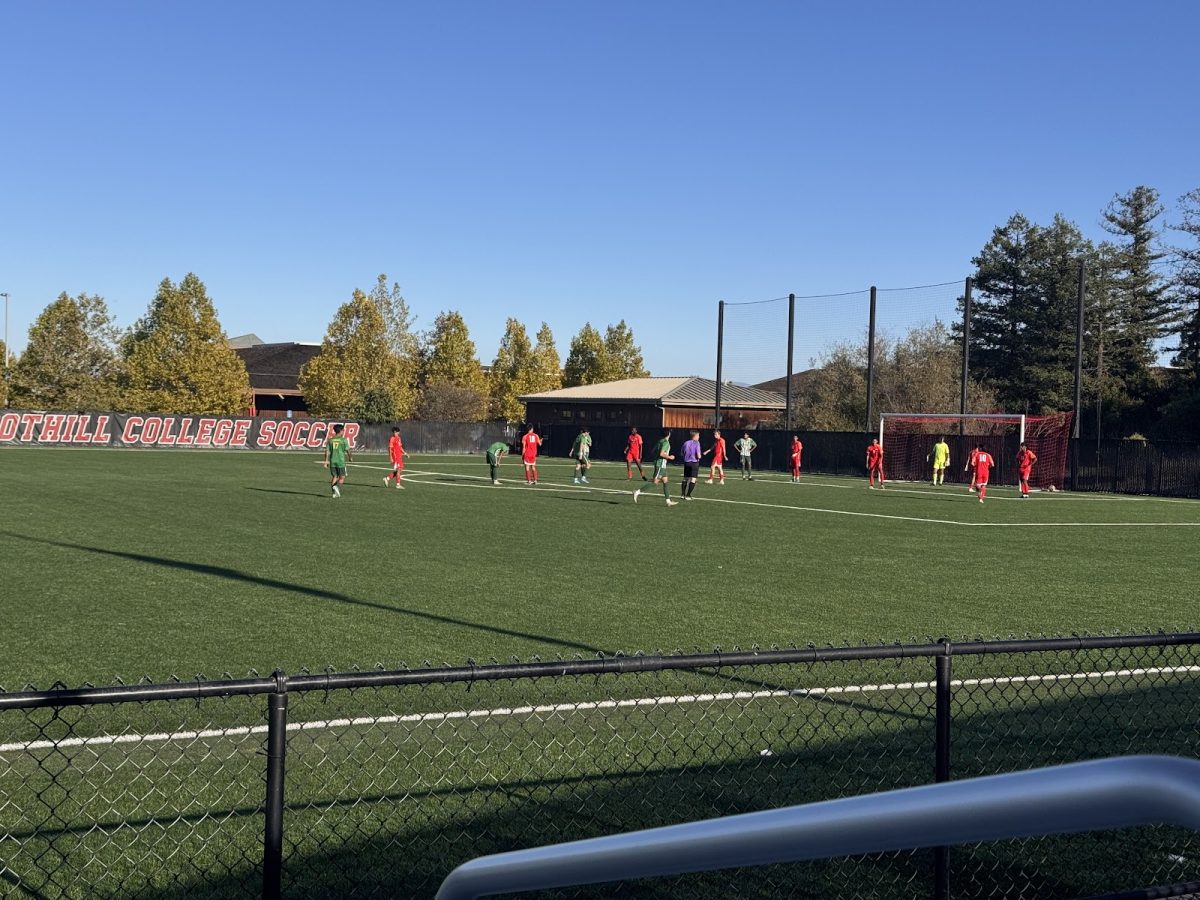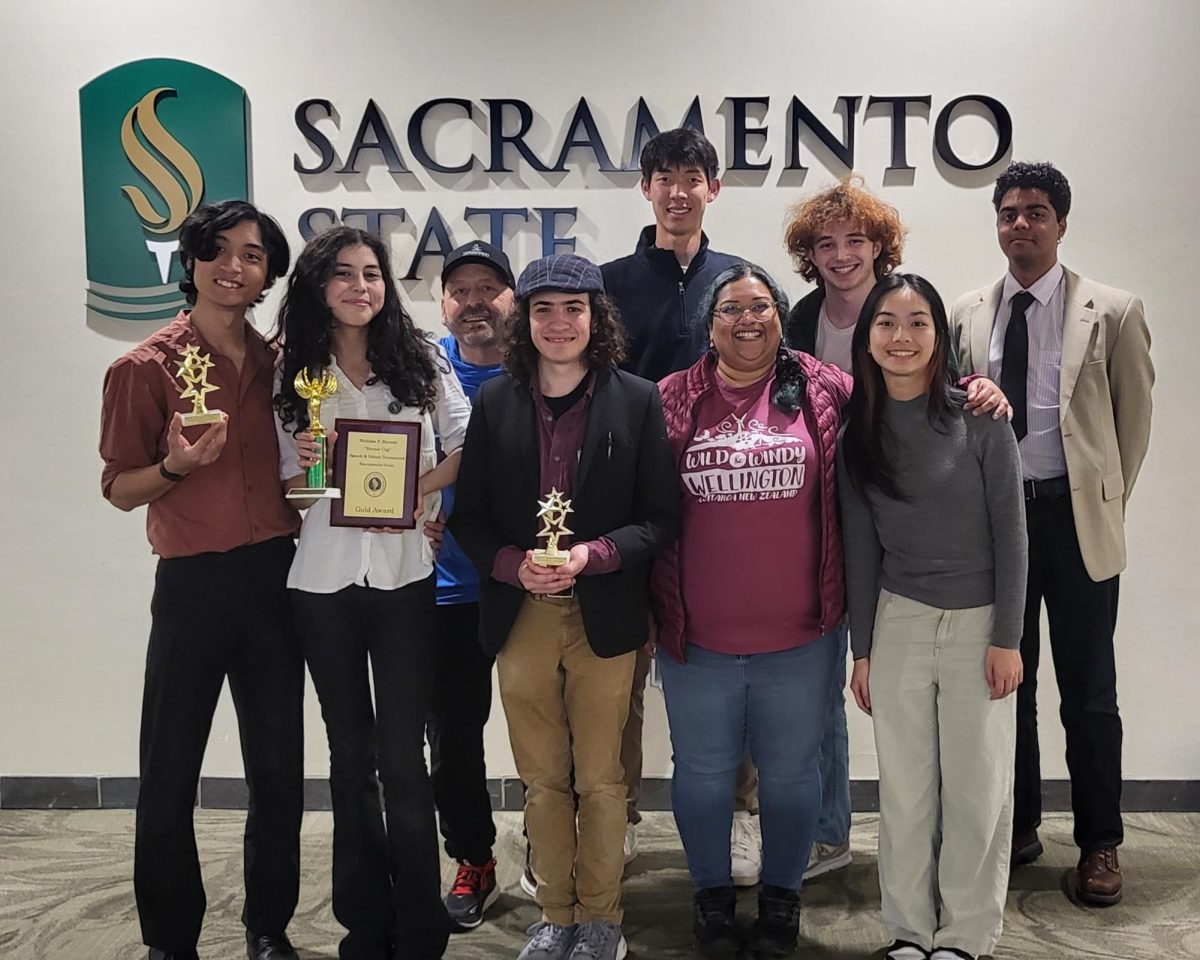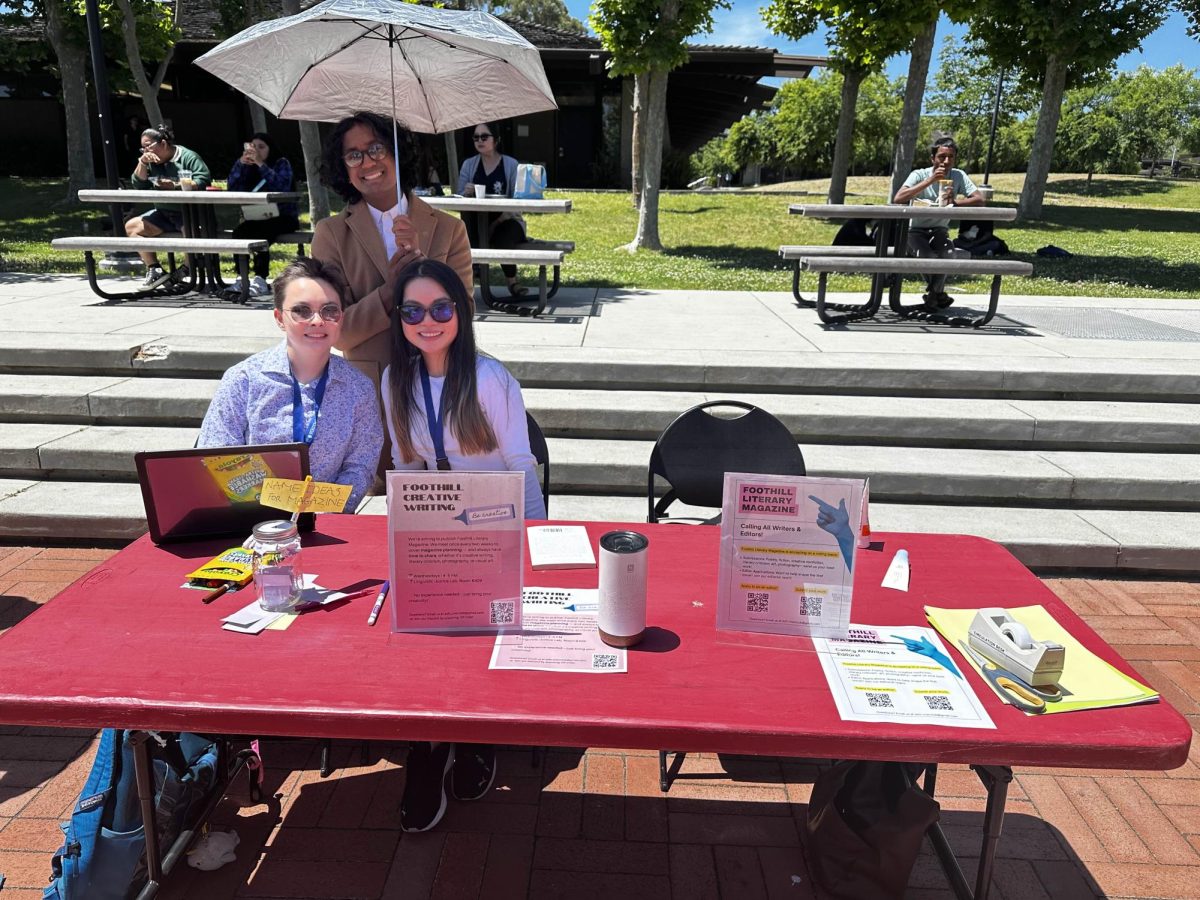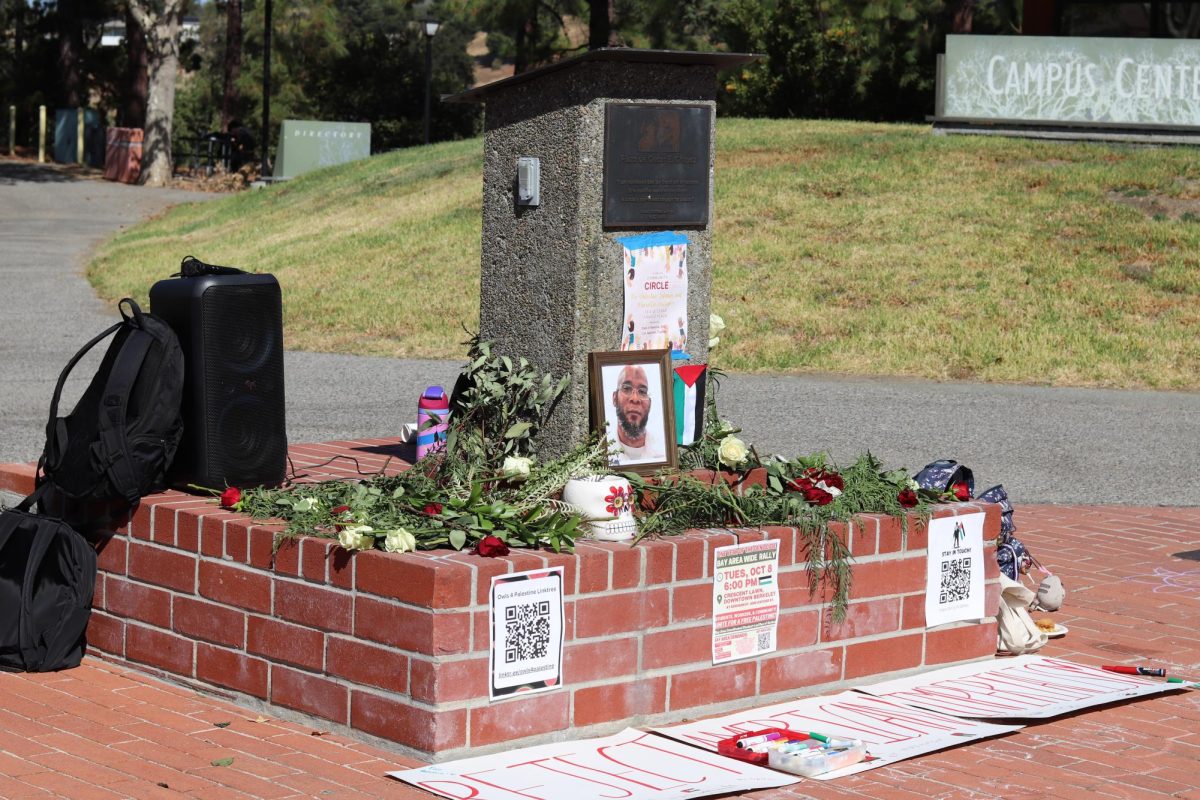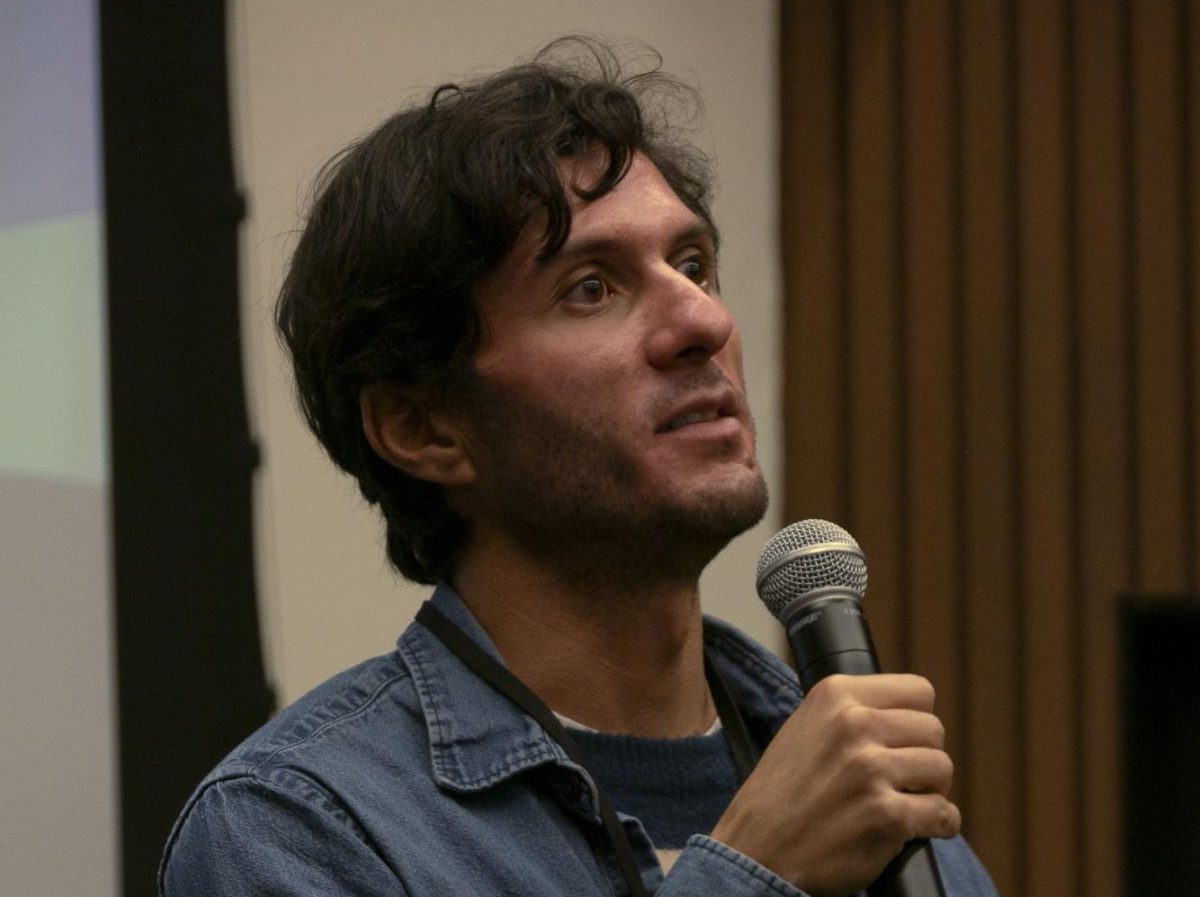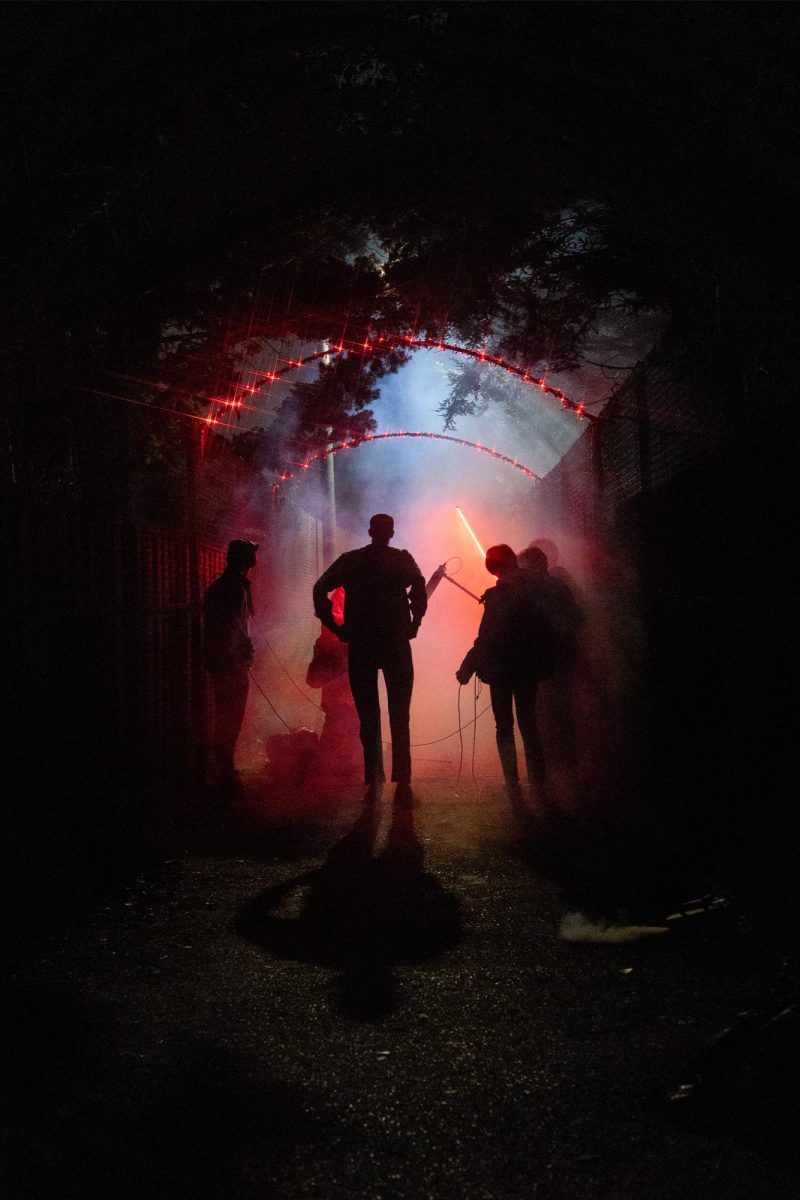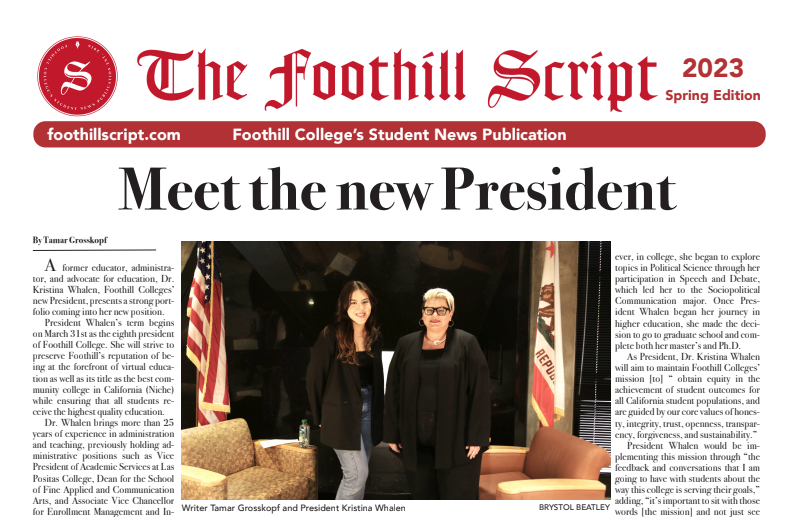
The road may appear exciting yet intimidating for students starting their academic road at a community college hoping to transfer to a famous university like Stanford. Although Stanford’s high admission criteria and holistic review process can be demanding, the correct mix of preparation, direction, and resilience will enable students to meet their goals. Community colleges often provide a genesis point for students who might need a different route to four-year colleges for financial, personal, or academic reasons. Community Colleges are a place of rebirth for many of us. With the right help and knowledge of the transfer procedure, though, these students can build a solid basis for a successful transfer to Stanford out of their community college experience. This essay offers a study of the key ideas, tools, and attitudes required to move from community college to Stanford University effectively.
Aiming high—from a community college to Stanford University—this aim calls for academic achievement, meticulous planning, and the ability to negotiate challenging application criteria. Though it values students with different origins, life experiences, and points of view, Stanford’s transfer admissions procedure is among the most selective in the United States. For students hoping to meet this target, developing a good academic record, choosing transferable courses, and creating a gripping account of their path of discovery is critical. This post attempts to provide a road map for community college students who dare to dream big and attain academic excellence in one of the most prestigious universities by concentrating on the actions needed to move from a community college to Stanford.
Building an academic record that shows commitment, rigor, and consistency is one of the most crucial elements of being ready for a transfer to Stanford from a community college. While Stanford advises students to complete two years of transferable coursework, including classes covering breadth requirements and equipping them for upper-division work in their desired major, it does not have rigorous course requirements for transfer applicants. The paper lays the groundwork for the student’s intended major and states that courses should satisfy the “breadth requirements for the first two years.” For students in community colleges, this advice is crucial since it underlines the need for a well-rounded academic background, including courses in humanities, social sciences, natural sciences, and mathematics.
Academic success in these classes is absolutely vital since Stanford prizes top recent performance. Transfer candidates are urged to show proficiency in academically demanding courses, preferably keeping a high GPA during their community college career. For high school students who might have struggled academically, the community college record serves as a fresh start, enabling them to highlight their talents in a college-level setting. Not only does excelling in core courses improve the academic record, but it also tells Stanford’s admissions team the student is ready for the rigors of a top-notch university.
Stanford’s transfer admissions procedure is unique in that it considers not only academic records but also the “applicant’s story and life experience.” For community college students who might come from many backgrounds and have rich personal experiences influencing their academic aspirations, this strategy especially helps them. Applicants should carefully consider their path, noting significant events or obstacles that have shaped their dedication to their field of study or motivated their wish to transfer to Stanford to build a strong narrative.
Students might explain, for instance, their reasons for starting at a community college—financial restrictions, family responsibilities, or a need to investigate their academic interests before pledging to a major. Applicants would also benefit from proving resilience, flexibility, and a forward-looking attitude. Stanford values students who not only have intellectual capacity but also have demonstrated how to overcome challenges and grow from their experiences. Through sharing a real and reflective narrative about their path, candidates to community colleges can enable admissions officials to better grasp their particular path and what they would offer to the Stanford community.
Students should also express their goals in accordance with Stanford’s resources and ideals. Candidates are urged to talk about how they see themselves supporting Stanford’s academic, social, or recreational life and how they intend to use the tools at Stanford to reach their objectives. This vision shows that the applicant has considered not only what Stanford can provide them but also what they can provide to Stanford, therefore proving their value to the student body.
Stanford’s highly competitive transfer admissions process results in an acceptance rate sometimes far lower than that of first-year admissions. Still, knowing the elements of the application and the elements Stanford takes into account will enable community college students to create a successful application. Examining everything from demographic information and transcripts to essays, letters of recommendation, and even one optional additional letter, Stanford’s admissions officials read each application “from front to back.” This thorough study implies that every component of the application counts and might help to define the whole impression of a candidate. The Stanford Transfer application mostly relies on letters of recommendation. Thus, it is imperative for students to develop close contacts with teachers or mentors who can address their academic performance, work ethic, and character. Ideally, these references will have seen the student in a demanding course or atmosphere and can offer ideas on their chances to thrive in Stanford’s demanding intellectual scene. Transfer candidates may also include one extra letter from someone outside the classroom who can provide another viewpoint on their achievements and abilities.
Transfer students give much thought to Stanford’s credit transfer policy, which caps the number of transferable units at 90 and mandates that students spend at least two years (180 units) at Stanford to finish their degree. Although many community college students bring in credits, they should be advised that not all credits will always closely relate to their intended major. Working with academic departments, the registrar reviews transferable credits to identify whether courses satisfy Stanford’s prerequisites. To guarantee that their community college courses closely match Stanford’s requirements, students are advised to research Stanford’s credit policies and speak with academic advisers, therefore smoothing out the transfer process.
Community colleges can be quite helpful for students who intend to transfer because of their honors programs, transfer advice, and articulation partnerships with four-year universities. Through these initiatives and advice-seeking, students may ensure they are enrolling in the correct courses and completing the required prerequisites for admission to a top university. Participating in an honors program, for example, shows a candidate’s dedication to academic quality and helps to improve their profile.
Another key component of success in the transfer process is mentoring. From the course of study to the writing of a personal statement, advisers, teachers, or mentors who grasp the goals of the student can offer direction. By exposing students to resources like PreMedCC or other student-led groups that assist transfer students, these mentors can also enable them to create meaningful connections. Opportunities for mentoring and networking enable students to grow to have a comprehensive awareness of what it takes to succeed at a university like Stanford and can offer moral support all through the demanding application process.
For students committed to achieving academically, creating a strong personal narrative, and deliberately negotiating the complexity of the application process, moving from a community college to Stanford University is a difficult but realistic objective. Community college students can produce a great application that emphasizes both their academic and personal skills by establishing a strong academic record, developing meaningful relationships with mentors, and using the resources at hand. Though the path from a community college to an institution as esteemed as Stanford may be challenging, students can realize their aspirations of attending Stanford a reality with rigorous preparation, fortitude, and a strong sense of goal. By means of a dedication to academic rigor, a real personal narrative, and a calculated strategy to transfer admissions, aspirant Stanford students can convert their community college experience into a stepping stone toward one of the top colleges in the country.
Pathways to Prestige: The Journey from Community College to Stanford University – Now on YouTube
Last year, on November 1, 2024, PreMedCC hosted an inspiring and practical event, Dream Big: How to Successfully Transfer from Community College to Stanford University. This transformative session, now available on YouTube, dives into the essential strategies, resources, and mindsets needed to navigate the rigorous transfer process to one of the nation’s most prestigious universities.
The event explores critical topics, including building a strong academic foundation, crafting a compelling personal narrative, and leveraging support networks to turn community college experiences into stepping stones to academic excellence. Featuring expert insights and real-life success stories, the session highlights how students can overcome obstacles and thrive within Stanford’s highly selective transfer admissions process.
Whether you’re considering Stanford or any top-tier university, this event offers timeless advice for anyone daring to dream big and achieve educational greatness. Watch now and take the next step toward realizing your goals!
Watch the full session here.















